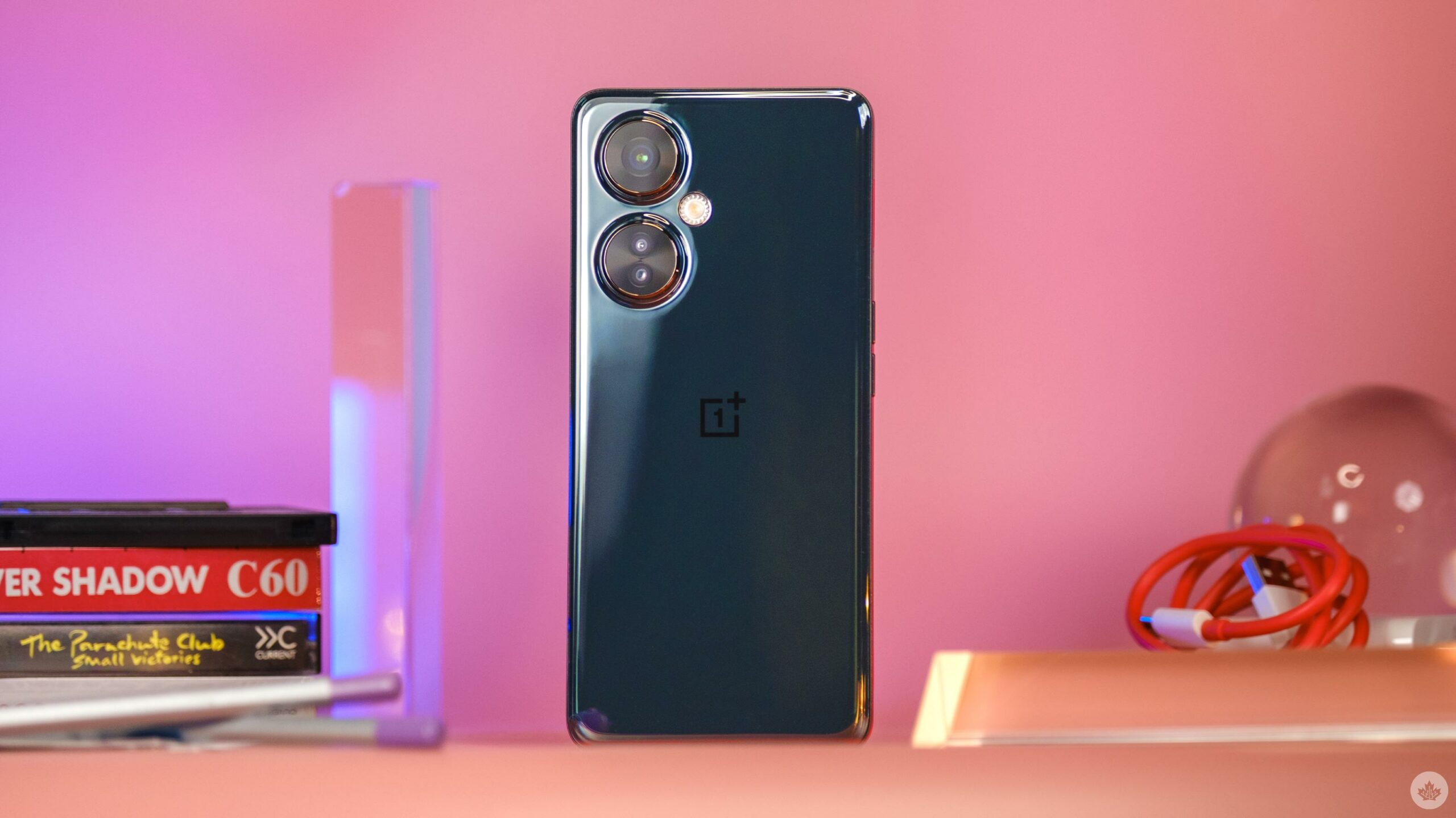This phone is priced at $379, so let go of your expectations of a flagship killer. This is the latest offering from OnePlus, a company focused on gaining tangible market share rather than just making headlines. However, that’s not to say they don’t make good phones. They have traded their brash upstart attitude for experience, which brings us to the OnePlus N30. This is the first low-cost OnePlus phone I’ve used since the N200 in 2021, and it impresses with its sturdy chassis, powerful speakers, and long-lasting battery life. OnePlus has come a long way since their second-generation Nord phones, but there are still a few irritating quirks they need to address in order to offer the best value device on the market. For example, the N30 doesn’t seem to support 5G on Rogers in Canada. As expected with low-cost phones, there are compromises to be made, and the Nord N30 5G is no exception. It is essentially the western release of the OnePlus Nord CE 3 Lite, which was released earlier this spring. While it does have some great features like a MicroSD card slot, headphone jack, and fast charging, the camera is only a slight improvement over last year’s Nord N20 5G. Despite these shortcomings, the modern chipset and affordable price make it a suitable choice for those looking for a phone that will last a few years. As someone who frequently uses flagship phones, I appreciate the subtle differences that set them apart. However, when I switch to a phone under $500, I tend to pay less attention to these nuances and simply enjoy using the phone. It is now 2023, and most chips are more than capable of handling a phone’s operating system. The Snapdragon 695 inside the OnePlus N30 can even support a 120Hz display, which makes the device feel smooth and responsive. It also compensates for the lack of an OLED display. The LCD on the Nord N30 is average at best, and I had to adjust the color temperature several times before finding a setting that felt natural to me. Additionally, the display panel is positioned in a way that makes it difficult to see with polarized sunglasses on. The phone itself has a rigid feel with minimal flex, thanks to its squared-off edges. While this gives the Nord N30 a reliable feel, it falls slightly short of a premium experience. Personally, I would have preferred if they had kept the matte back from the OnePlus Nord N20 as the glossy back on the N30 attracts dust and fingerprints. It also looks cheap compared to the matte rails that provide structural strength to the phone. On the bright side, the phone has clicky buttons and a fast side-mounted fingerprint scanner that functions well. It almost makes up for the absence of the signature OnePlus alert slider. However, OnePlus still hasn’t implemented a simple way to silence their phones via software, which can be frustrating. Despite this, the phone’s volume goes up to 200 percent, and it sounds fine. Considering that OnePlus previously emphasized the importance of a dedicated hardware switch to silence a phone, the lack of a software alternative suggests a lack of organization in their vision for the Nord N30. Another drawback I noticed with the OnePlus Nord N30 is its vibration motor. It feels outdated and lacks the refined haptic feedback seen in high-end phones. I ended up disabling it for all interactions except for notifications. As Android becomes more immersive with small vibrations for gestures and typing, having poor haptics can make the phone feel older than it actually is. On the other hand, the battery life of the OnePlus Nord N30 is exceptional. Coupled with the included 50-watt USB-C fast charger, using and charging the N30 is hassle-free. I can easily use the phone for a day or more, and when the battery gets low, a quick 40-minute charge gets me through another 15 hours or longer. OnePlus has always been known for its fast charging capabilities, and the N30 is no exception. Unfortunately, the camera falls somewhere in the middle in terms of quality. It’s decent, and I’ve managed to capture some fun photos with it, but it’s not particularly fast and the colors can be inconsistent. The 108-megapixel sensor does offer great detail, but the camera software feels a step behind flagship devices. As a result, I often rely on the AI Scene Enhancement feature to improve the overall image quality. The N30 also has a 3x zoom lens that is not as sharp as the primary lens, but I appreciate that it includes a wide and telephoto lens combo instead of the wide and ultrawide combo typically found in lower-cost phones. All in all, I believe a single camera lens would have been sufficient for a phone in this price range. With a lower-power chipset like the one in the N30, 64-megapixel images would have been more than enough and could have possibly improved the camera’s speed. OnePlus has made significant progress with the cameras in their higher-tier phones, but they still need to work on implementing the software more effectively in their cheaper devices. If OnePlus can improve the camera system and refine the haptic feedback, the N30 has the potential to be an outstanding phone. However, as it stands, it is still a capable device despite these shortcomings.
Denial of responsibility! SamacharCentrl is an automatic aggregator of Global media. In each content, the hyperlink to the primary source is specified. All trademarks belong to their rightful owners, and all materials to their authors. For any complaint, please reach us at – [email protected]. We will take necessary action within 24 hours.

Deepak Sen is a tech enthusiast who covers the latest technological innovations, from AI to consumer gadgets. His articles provide readers with a glimpse into the ever-evolving world of technology.


